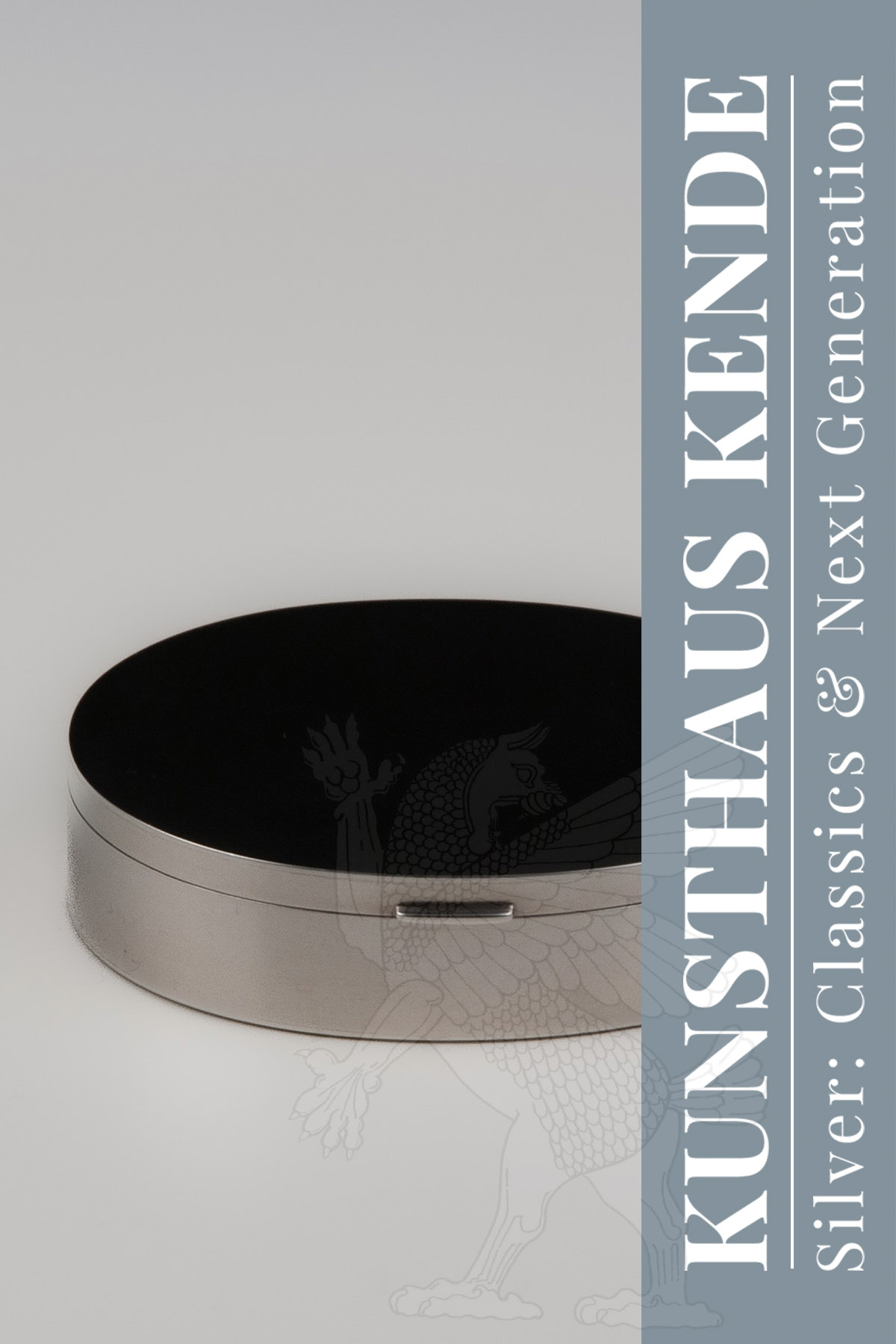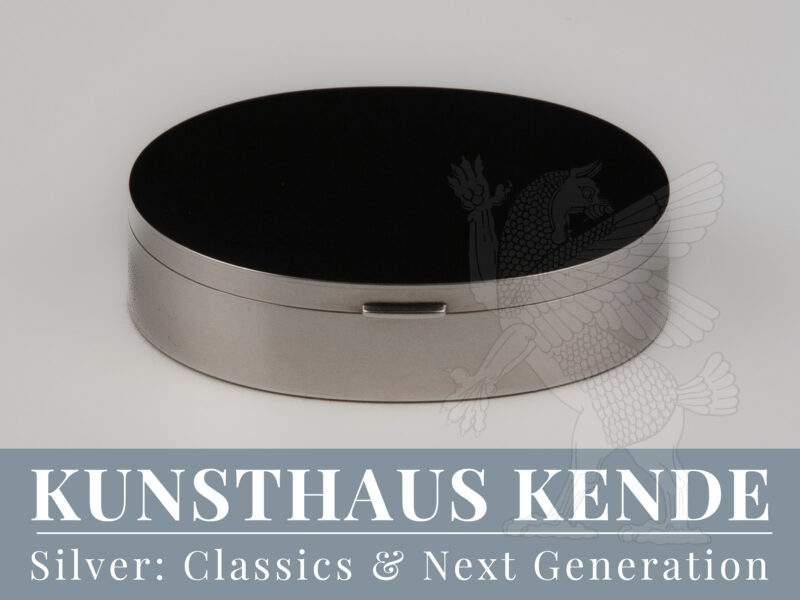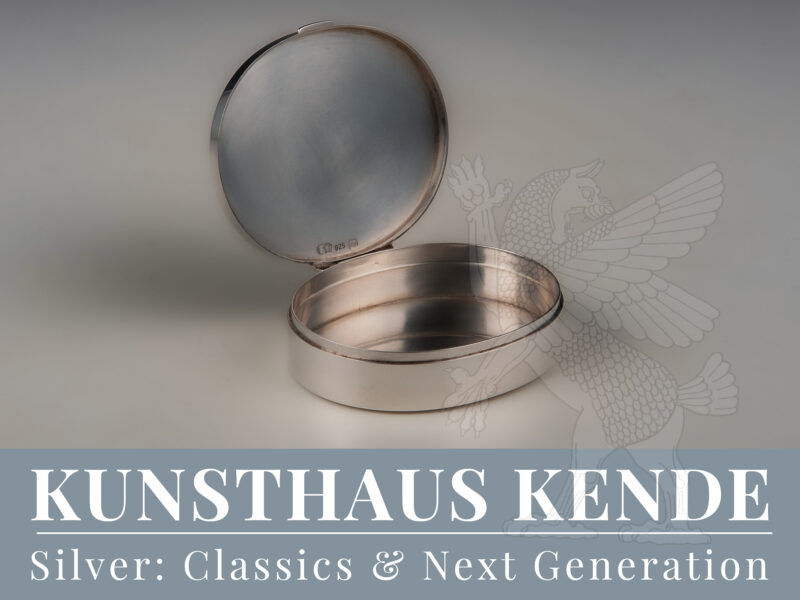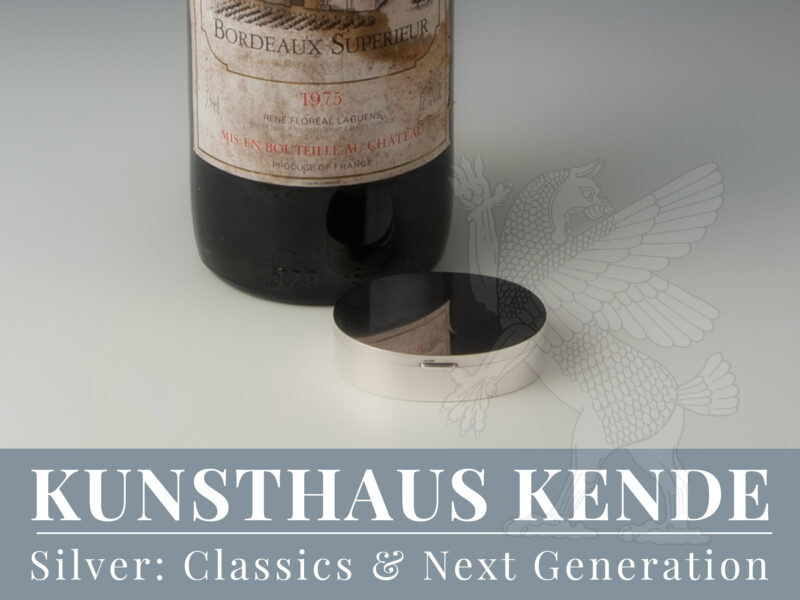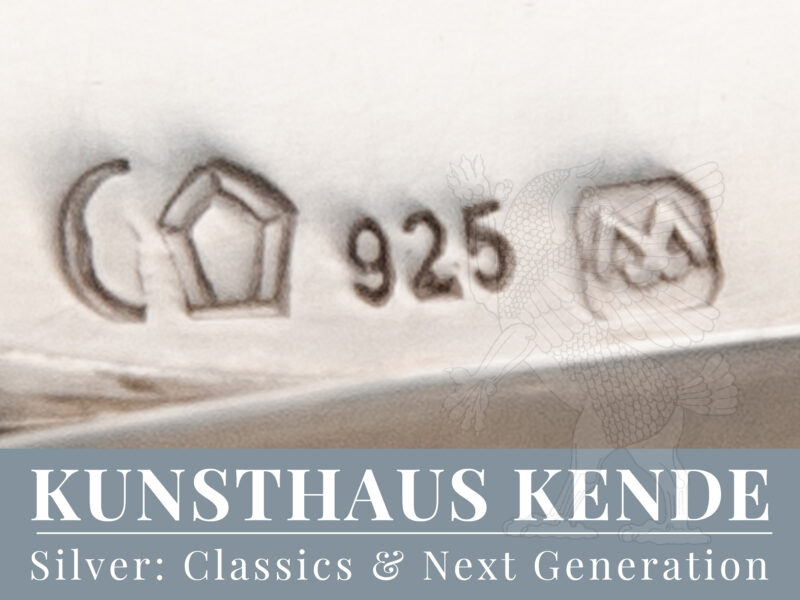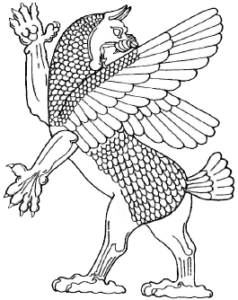Item number: 60205
A contemporary silver lidded box,
Hamburg 1979 by Wilfried Moll
Oval shape with even lid and base.
Highly precisely executed lidded box for tobacco or similar items in very good condition. It is especially in such small works – which at first glance appear rather unspectacular – that the skill of a silversmith is revealed. The base, lid and sides of this lidded box are executed with a precision which comes near to a machine-made perfection. The clasp still closes extremely well. Even the hinge on this work was made by hand and has no play whatsoever when open.
5.9 cm / 2.32″ length, 4.85 cm / 1.9″ width, 1.4 cm / 0.55″ tall; 46.9 g / 1.50 oz
Wilfried Moll (Hamburg 1940 – 2020 Travemünde)
As a silversmith and designer, Wilfried Moll was one of the most influential and important artists in post-war Germany, alongside his mentor Andreas Moritz. Wilfried Moll had special ties to the neighbouring country to the north due to his Danish grandfather, he spent his journeyman years in Copenhagen after completing his goldsmith apprenticeship with Walter Franke in Hamburg (1956 – 1959). He became a master student of the important silversmith Andreas Moritz at the Academy of Fine Arts in Nuremberg, with whom he remained associated throughout his life even after completing his training as a silversmith. He then founded his own silversmithy in Hamburg in 1965, which he ran as a joint workshop with his wife Gerda. As an up-and-coming silversmith, Wilfried Moll soon became the focus of public attention. His oeuvre was honoured with the Justus Brinckmann Prize (1971), awards from the Hamburg Chamber of Crafts (1973) and the Hamburg Department of Culture (1978) as well as the Design-plus Prize (Frankfurt a. M. 1984). The early 1980s brought Wilfried Moll his fundamental breakthrough when the Flensburg-based silver factory Robbe & Berking became aware of him. In the years that followed, Robbe & Berking would achieve international significance with the ‘Alta’ and ‘Riva’ cutlery series designed by him and later the “Sphinx” and ‘Atlantic’ cutlery series. This was followed by designs for silverware such as candelabras, teapots, tea services and trays. Robbe & Berking’s reputation rises to the luxury segment thanks to Moll’s designs – numerous gourmet restaurants stock silver cutlery and silverware based on his designs. At the same time, Wilfried Moll is invited to hold courses in Kobe and Osaka (Japan), an honour that few Western European artists have ever received in a country that so carefully preserves its own cultural identity. Further prizes and honours followed, including the Bavarian State Prize (1987) and the ‘Cutlery of the Year’ award in the Netherlands (1991). He is also recognised in Denmark as a corresponding member of the community of silversmiths and designers and was one of the few non-Danes to be awarded the Karl Gustav Hansen Prize in 2003. Today, the following museums hold works by Wilfried Moll: Museum für Kunst und Gewerbe (Hamburg), Kunstgewerbemuseum (Berlin), Germanisches Nationalmuseum (Nuremberg), Koldinghus (Kolding/Denmark), Victoria & Albert Museum London (Great Britain) and The Museum of Modern Art, MoMA (New York).
The artistic uniqueness of Wilfried Molls’ silverware
Wilfried Moll’s silverware is the almost perfect symbiosis of extreme reduction to the perfect form without any ornamental embellishment. At the same time, he managed like few designers to subordinate the restrained design to the ergonomic requirements of practicality and to perfect it without his work appearing sterile. Under the silversmith Andreas Moritz, he honed his skills to the highest level of precision in his craftsmanship. In doing so, he skilfully avoided adapting the ascetic austerity of form that is sometimes inherent in Andreas Moritz’s silver works. The work of the silversmiths Wolfgang Tümpel and Karl-Gustav Hansen, with whom he had a long-standing friendship, as well as the works of Georg Jensen and Kai Bojesen, had artistic validity for him. The works of the Bauhaus, reduced to basic stereometric elements – cuboids, spheres and cones – and, last but not least, the works of Japanese silversmiths, whose work he became familiar with on his courses, were also important for Wilfried Moll’s silver work.

